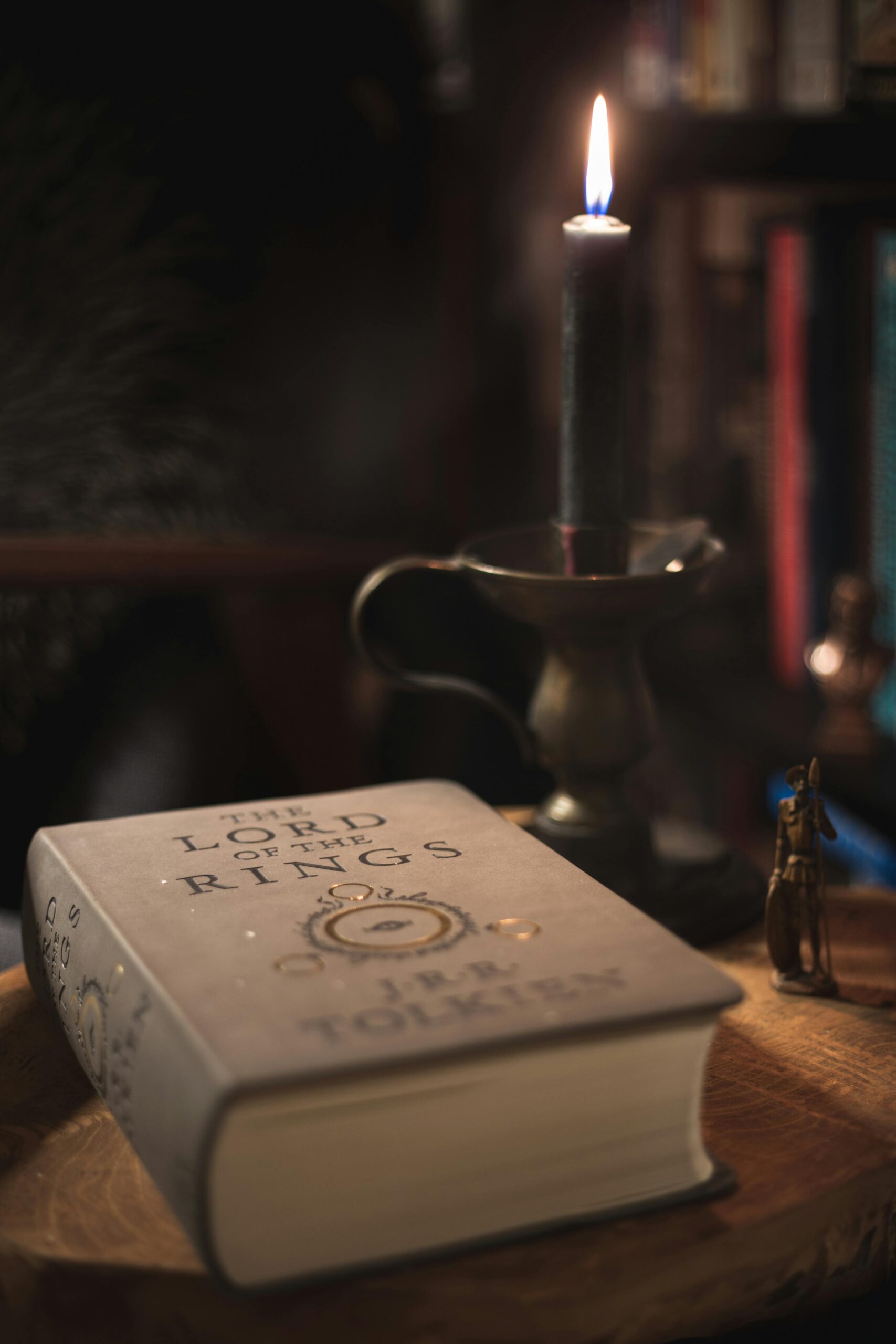
As a lifelong fan of both J.R.R. Tolkien’s Middle-earth and strategic card games, I was thrilled to delve into this cooperative card game, designed by Bryan Bornmueller. It offers a fresh twist on traditional trick-taking mechanics, all while immersing players in the iconic journey of the Fellowship.
Game Overview
At its core, this game is a cooperative trick-taking adventure for one to four players. Spanning 18 chapters, it closely follows the narrative of The Fellowship of the Ring, beginning with Bilbo Baggins’ eleventy-first birthday party in Bag End. Each chapter presents unique challenges, characters, and objectives, gradually introducing new elements that mirror the progression of the original story. Players assume the roles of beloved characters, each with specific goals that must be achieved collectively to advance.
Gameplay Mechanics
For those familiar with classic trick-taking games like Bridge or Whist, the basic mechanics will feel comfortable. One player leads a trick by playing a card, and others must follow suit if possible. The highest card in the leading suit wins the trick. However, this game introduces a cooperative element: players must work together to fulfil individual character objectives without direct communication about their hands. This adds a layer of strategic depth, as success hinges on subtle coordination and understanding of each character’s goals.
Thematic Integration
The game’s commitment to thematic authenticity is commendable. Each chapter begins with story cards featuring actual text from Tolkien’s work, setting the scene and immersing players in the narrative. The character-specific objectives align with their literary counterparts, enhancing the sense of role-playing.
For instance, Frodo’s goal might involve winning a certain number of Ring-suited cards, reflecting his burden of carrying the One Ring. This thoughtful integration ensures that gameplay feels both engaging and true to the source material.
Solo and Two-Player Variants
While the game accommodates up to four players, it also offers robust solo and two-player modes. In solo play, one manages four open hands, drawing a new card for each after every trick to maintain consistency. The two-player variant introduces a third “dummy” hand represented by a pyramid of cards, some visible and others hidden, adding complexity and requiring strategic planning. These adaptations ensure that the game remains challenging and enjoyable, regardless of player count.
Personal Impressions
Having played through several chapters, I found the game both challenging and rewarding. The necessity for non-verbal collaboration introduces a unique challenge, as players must anticipate each other’s moves based solely on gameplay.
The gradual introduction of new characters and objectives keeps the experience fresh and engaging. However, some chapters can feel particularly demanding, especially when the dealt hands don’t align well with the objectives. This can lead to scenarios where success feels heavily dependent on luck of the draw.
The Fellowship of the Ring: Trick-Taking Game masterfully combines classic card game mechanics with the rich lore of Middle-earth. Its cooperative nature and thematic depth make it a standout in both the trick-taking and thematic game genres. While certain challenges may test players’ patience, the overall experience is both immersive and satisfying. Whether you’re a Tolkien enthusiast or a card game aficionado, this game offers a journey worth undertaking.








